Compilations and Box Sets
Ever since the beginning of the rock era, there have been compilations. As we mentioned in our very first special feature on The Album, long playing vinyl albums were simply a collection […]
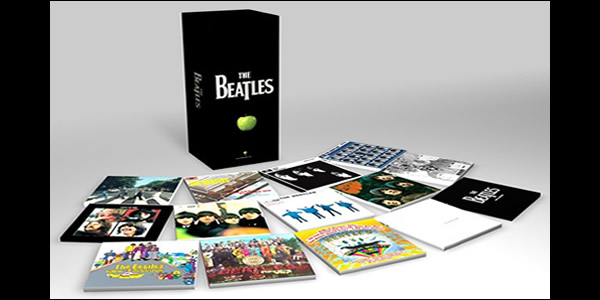
Ever since the beginning of the rock era, there have been compilations. As we mentioned in our very first special feature on The Album, long playing vinyl albums were simply a collection […]
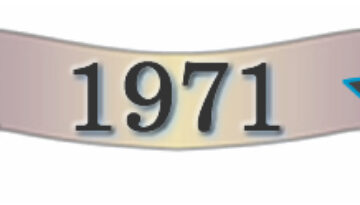
Buy Who’s Next Perhaps THE most complete rock album in history, Who’s Next has just about everything a classic rock fan can want in an album. It has plenty of three-chord power riffs, […]
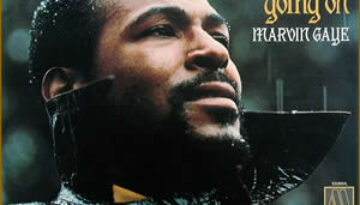
Buy What’s Going On When something is completely original, breakthrough, and/or innovative it grabs our attention. Classic Rock Review’s mission is to spotlight what are, in our opinion, the most essential albums in […]
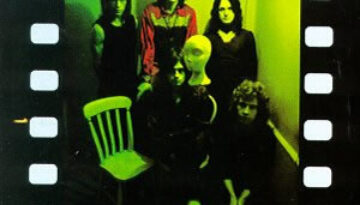
Buy The Yes Album There are certain albums that have undoubtedly broken through to establish new rules of rock n’ roll and are, therefore immortally classics. Then there are some albums that seem […]
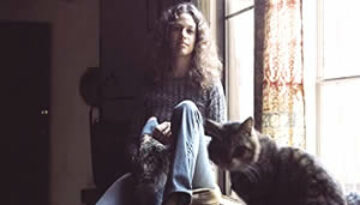
Buy Tapestry After spending most of the 1960s writing hits for other artists, Carole King started a solo career at the dawn of the 1970s. Her 1971 second studio album, Tapestry, became her […]
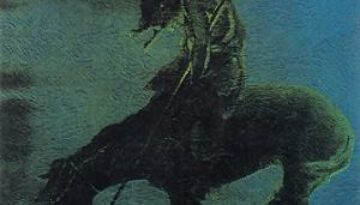
Buy Surf’s Up 1971 was an exceptionally great year for rock n roll, and we at Classic Rock Review regret that we can not give a proper review to all the great works […]
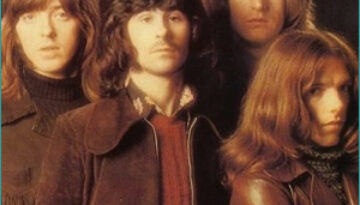
Buy Straight Up After the success of their 1970 album No Dice, Badfinger finished recording its third album with Geoff Emerick as producer. But the tapes were rejected by their label, Apple Records. […]
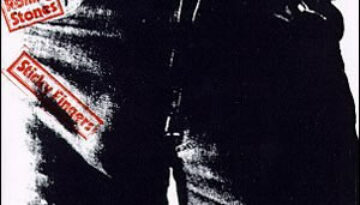
Buy Sticky Fingers Sticky Fingers is the third of the trilogy of Rolling Stones albums that, in our opinion, comprise the heart of the band’s prime. The first two were Beggars Banquet in […]
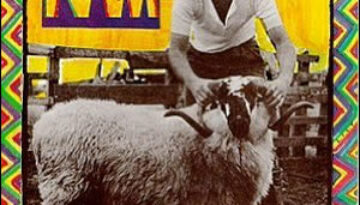
Buy Ram Although Paul McCartney had, by any success metric, the best post-Beatles career of any of his former band mates, he often frustrated fans and critics alike with his constant fluctuation between […]
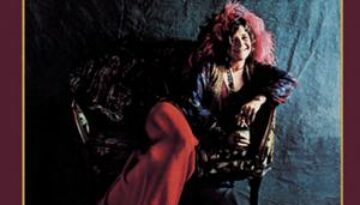
Buy Pearl Pearl was the final, posthumous album in the brief but explosive career of Janis Joplin. She died before the album’s completion on October 4, 1970, at just 27, done in by […]